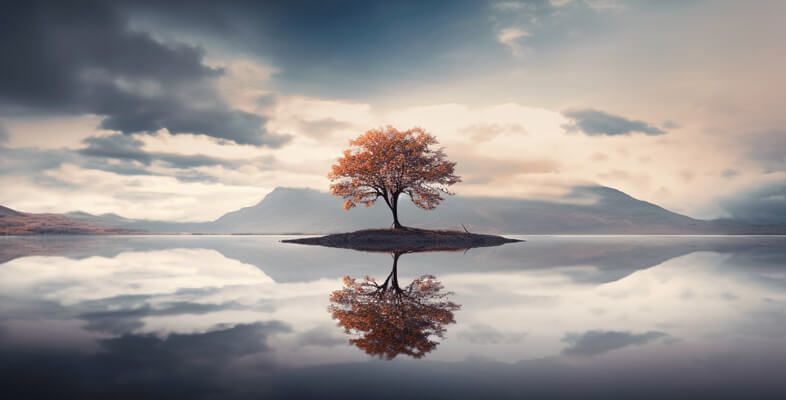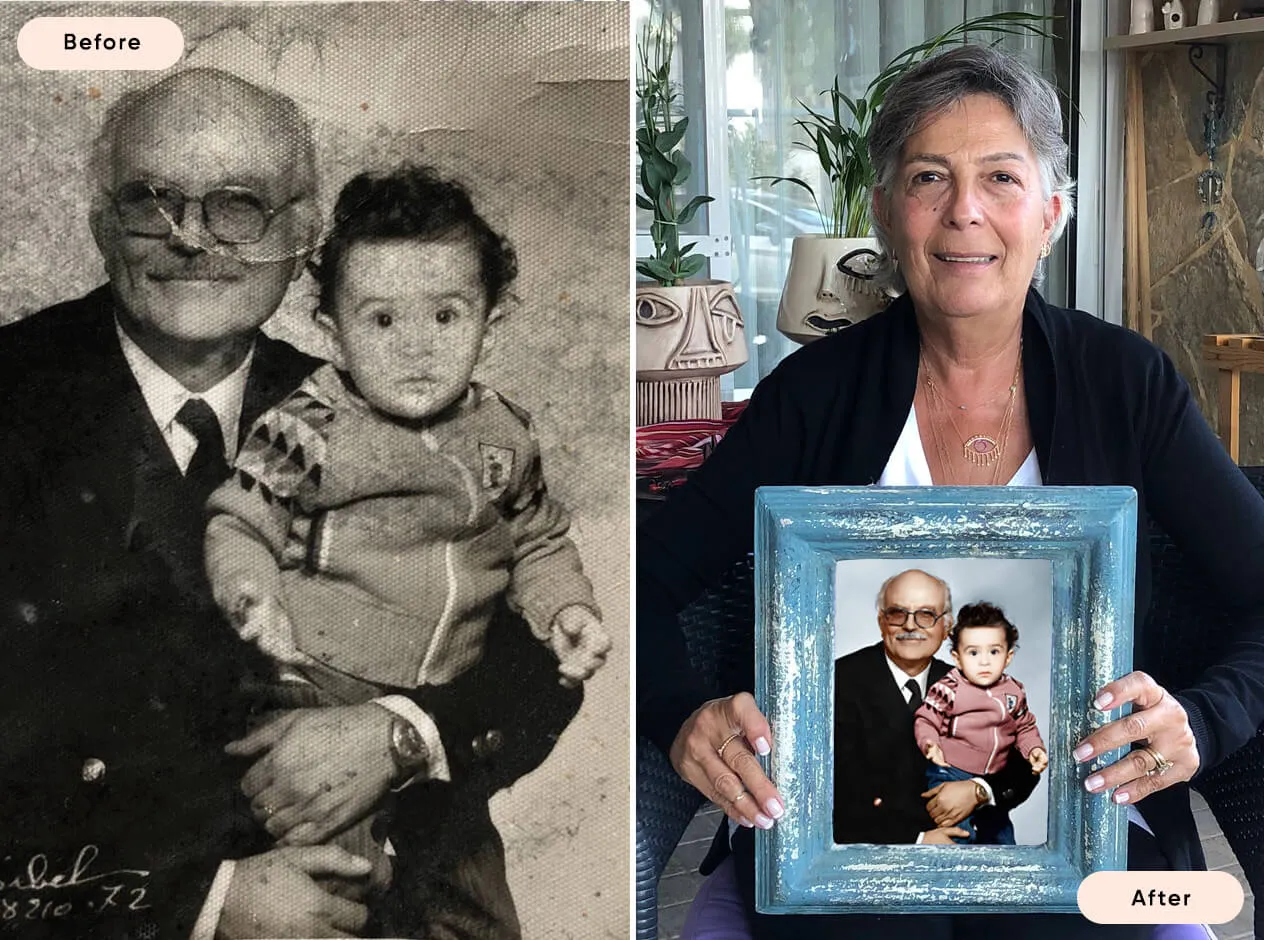Photography Techniques: Exploring Reflection Photography
Reflection photography is a captivating technique that allows photographers to create stunning images that play with perspectives and symmetry. This style highlights the beauty of reflective surfaces, transforming ordinary settings into extraordinary visual narratives. In this article, we will delve into the concept of reflection photography, its utility and essential gear, and provide a step-by-step guide on how to master this fascinating technique.
What is Reflection Photography?
Reflection photography involves capturing images that utilize reflective surfaces to create a mirrored or duplicate effect. These surfaces can include water bodies, glass, metallic objects, or even polished floors. The innate properties of light and reflection allow photographers to play with symmetry, enhancing the composition and depth of their images.
By focusing on reflections, photographers can evoke emotions, convey stories, and create artwork that pushes the boundaries of traditional photography. This technique is often used in landscape photography, urban photography, and portraiture, allowing for unique and dynamic compositions that engage the viewer’s eye.

When is the Reflection Photography Technique Useful?
Reflection photography can be particularly useful in several scenarios:
Landscape Photography: Capturing serene lakes or rivers that mirror surrounding mountains or skies can result in breathtaking images. The tranquility and balance achieved through reflections can evoke a sense of peace and harmony.
Urban Photography: In cityscapes, reflective surfaces like glass buildings or puddles after rain can add depth and intrigue to the shot. These reflections can create interesting juxtapositions between the environment and architectural elements.
Portraiture: Using reflective surfaces, such as mirrors or metallic backgrounds, can create striking portraits that reflect the subject's personality and context.
Creative Compositions: Reflection photography allows for innovative and artistic expressions, encouraging photographers to look at their surroundings from different angles and perspectives.
By understanding when to utilize this technique, photographers can enhance their storytelling and artistic capabilities, resulting in images that resonate more deeply with their audience.
Essential Gear for Reflection Photography Images
To successfully capture reflection photography images, certain gear can make a significant difference:
Camera: A DSLR or mirrorless camera allows for greater flexibility, image quality, and manual settings. Look for a camera that performs well in various lighting conditions.
Lenses: A wide-angle lens can be particularly beneficial when photographing landscapes or urban scenes, ensuring you capture the full extent of the reflection. A prime lens with a large aperture can also add bokeh effects to isolate subjects more effectively.
Tripod: A sturdy tripod is essential, especially in low-light conditions or when you want to ensure a perfectly stable shot to capture reflections without disturbances.
Polarizing Filter: This filter can help reduce glare from reflective surfaces, enhancing the vibrancy and clarity of your images. It’s particularly useful when shooting water or glass.
Editing Software: Software like Adobe Lightroom or Photoshop can help refine and enhance your reflection photography in post-processing, allowing you to adjust colors, contrasts, and reflections for the desired effect.
With the right gear, photographers can elevate their reflection photography, resulting in stunning images that captivate and inspire.

How to Capture Reflection Photography Photos: A Step-by-Step Approach
Capturing stunning reflection photographs involves a thoughtful approach. Here’s a step-by-step guide to help you get started:
Step 1: Find Your Reflective Surface
Look for areas with potential reflective surfaces such as lakes, ponds, puddles, glass buildings, or shiny vehicles. Scout for locations during different times of day to see how lighting affects the reflections.
Step 2: Determine the Best Angle
Experiment with different angles and compositions to determine where the reflections look best. Moving around these surfaces can yield varied perspectives, showcasing an interplay between the reflection and the subject.
Step 3: Mind the Lighting
Natural light plays a significant role in reflection photography. Early morning or late afternoon light often creates softer shadows and more vibrant colors. Avoid shooting in harsh midday light, which can create unwanted glare.
Step 4: Set Up Your Camera
Set your camera on a tripod to ensure stability and the perfect exposure. Adjust your camera settings to suit the lighting conditions - a lower ISO, ideal aperture, and shutter speed as needed.
Step 5: Focus on the Reflection
When framing your shot, focus on the reflection rather than the real subject if possible. This technique can result in stunning images emphasizing symmetry and depth.
Step 6: Review and Edit
After taking your shots, review them to determine which angles and variations best capture the reflection. Utilize editing software to enhance colors and sharpness and to crop or adjust the composition as necessary.
By following these steps, photographers can refine their techniques and create mesmerizing reflection photography that captures the imagination.
In conclusion, reflection photography is a powerful technique that opens up a world of creative possibilities. By understanding its fundamentals, identifying the right moments to use it, equipping oneself with the necessary gear, and employing a deliberate approach, photographers can create evocative images that weave stories through reflections. Embrace this technique to enrich your photography portfolio and engage viewers in a conversation through visuals.

Or Get YourMoney Back
back your money in the rare case you are not satisfied with the quality of your
damage-free pictures. Only $38 for most image restorations regardless of damage

All rights reserved.